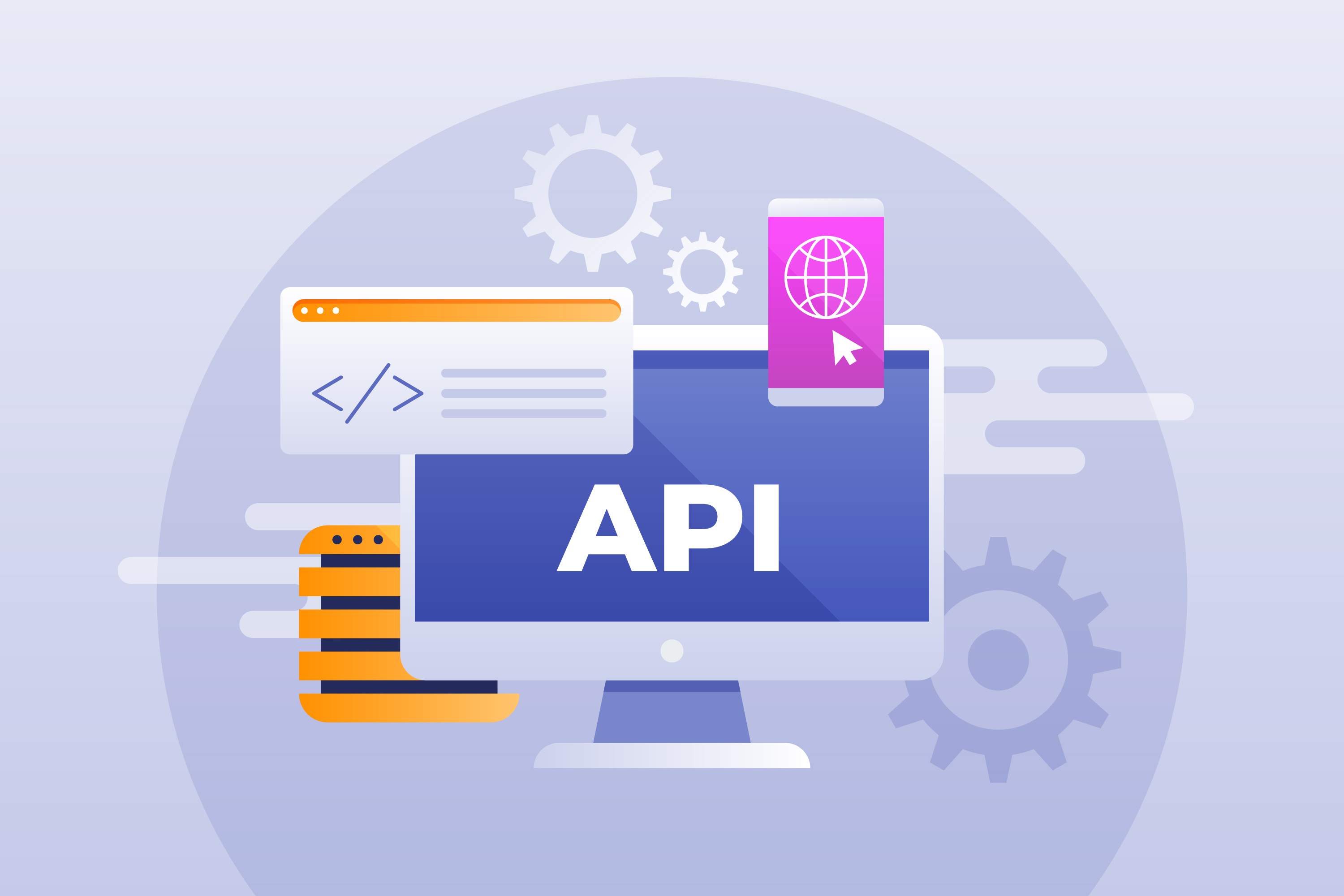

B2B online portals
What is the difference between B2B solutions and regular online stores?


What is the difference between B2B solutions and regular online stores?

For example, a counterparty's debit debt, online reconciliation (accounting debt), integration with SAP or AXAPTA, display of multiple warehouses or the presence of goods "in transit".
Such systems are designed individually for the Customer's business processes: first, a pre-project study is carried out (under the guidance of a business analyst, project manager and technical director), and only then a work estimate is made and the system is designed.
Already at the start of the project, we introduce the Customer to the team. Typical staff: project manager, account, analyst, technical writer, 2-5 front/backend programmers, UX/UI designer and 1-2 QA specialists. As usual, all this is supported by top management: technical director and grouphead.
Development is carried out according to one of three methodologies:
— Classical. This is a sequential development model: technical specifications, prototypes, design, layout, programming, 2 testing cycles and delivery.
— T&M. The client rents one person or team, the payment goes by the hour.
— Retainer. Flexible methodology, ideal for complex b2b systems, where it is more correct to approve and do one block (sprint) at a time than to design for six months what will be outdated by the time of approval. The retainer consists of monthly sprints, and you can manage the development and change the development vector of the project.
In the process of writing the terms of reference, we form a block diagram of the site with dependencies: this allows us to program in stages, as well as to give parallel tasks to programmers.
Using the version control system, you can put several programmers on a project at once, and their changes are easy to track. The same technology is used in the further support of the site.
When delivering a project, we use both automatic and manual testing to ensure that everything is covered.
At this stage, we work with the Customer's IT service: we develop an exchange API, we design data exchange channels. The result: a one-way or two-way exchange with ERP, AXAPTA, SAP, and many more lesser-known accounting and automation systems.
After delivery, we maintain the project using GIT for version control.
We have our own DevOps engineers: we will build an optimal update deployment scheme, set up a cluster, and conduct load testing. And after the project is launched, we will provide 24/7 supervision.
If so then simply contact us to discuss the detail!
Just contact us here.